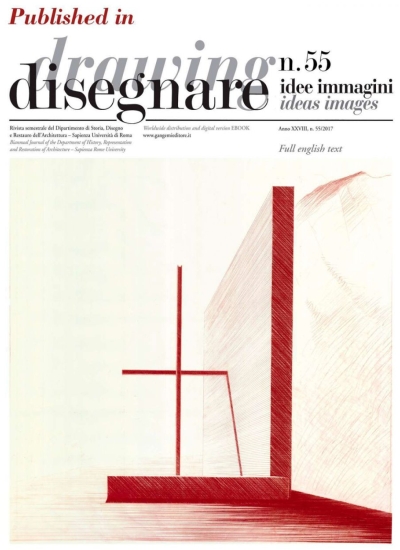Description
La ricerca d'archivio ha portato all'acquisizione di un inedito elaborato di progetto eseguito, nel 1939, da Raffaele de Vico per il parco Cestio (poi della Resistenza).Questo ritrovamento da un lato contraddice la tesi di alcuni studiosi in merito alla progettazione poco accurata delle opere di sistemazione a verde promosse dal Governatorato, dall'altro fornisce un apporto conoscitivo fondamentale al quadro storico del parco. Il confronto tra l'elaborato di progetto e i rilievi del 1985 e del 2016 permette di registrare alcune diverse modalità di rappresentazione del verde, ma consente soprattutto di ripercorrere la vicenda dell'opera dal processo formativo allo stato attuale, mettendo in evidenza in che modo alcune trasformazioni recenti si configurino come una serie di atti arbitrari poco attenti alle esigenze della conservazione: opere di manutenzione ordinaria e straordinaria condotte al di fuori di un programma unitario di intervento e senza un'adeguata lettura e comprensione dei caratteri identitari del luogo. | An unpublished drawing of the Cestio Park by Raffaele de Vico – Archival research revealed an unpublished design project drafted in 1939 by Raffaele de Vico for the Cestio Park (later the Resistance Park). On the one hand, the project challenges the theory of several scholars who believe that the Governorate paid little attention to the design of garden projects. On the other it provides important data about the history of the park. A comparison between the design drawings and the surveys performed in 1985 and 2016 reveals differences in the representation of the vegetation. Above all the surveys illustrate not only how the garden evolved into what we see today, but also highlight how recent transformations are based on a series of arbitrary decisions that ignore the need for conservation: ordinary and extraordinary programmes that are not part of a unitary maintenance project and do not properly interpret and comprehend the characteristic traits of these sites. | Facing English text






